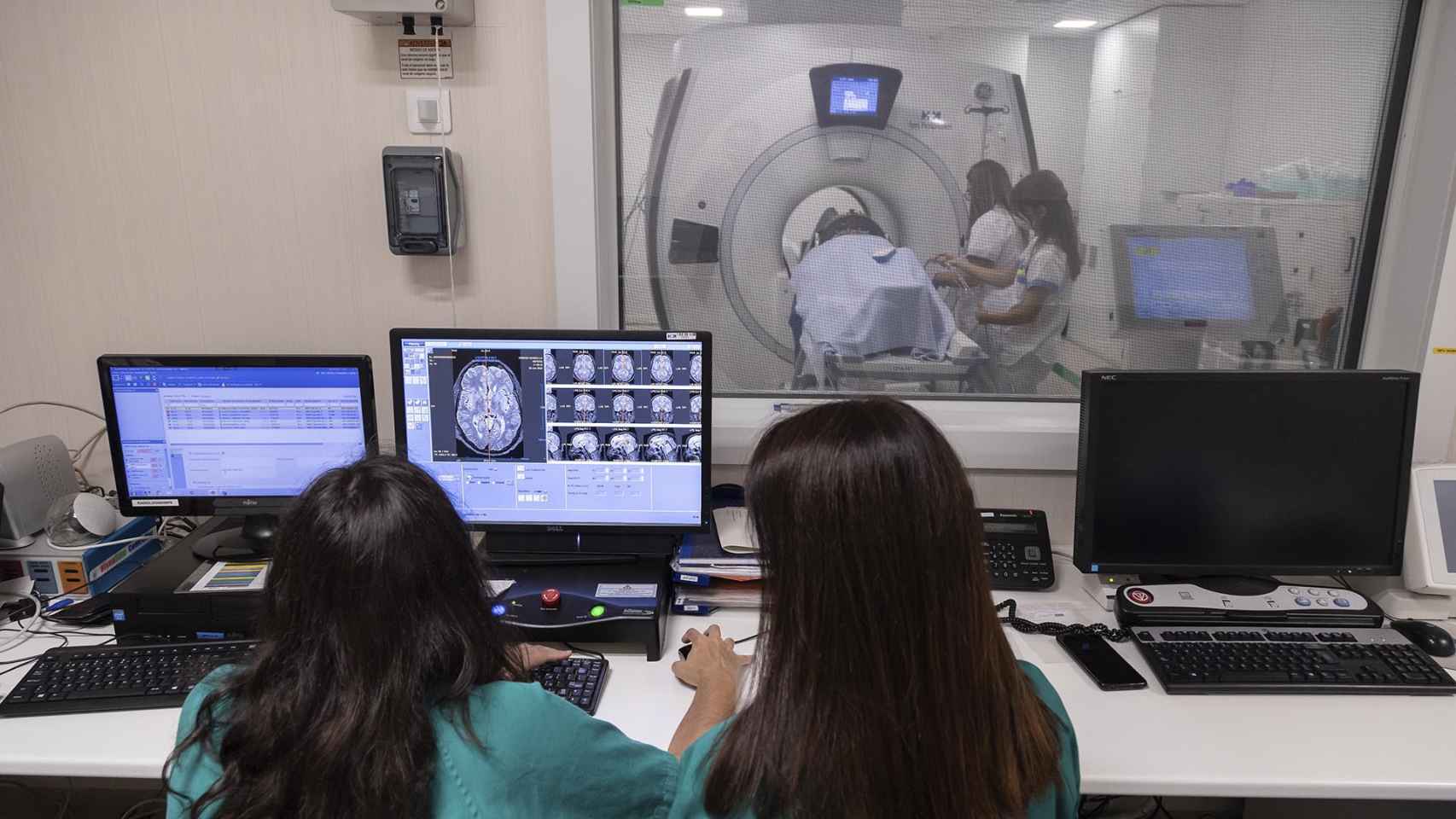HM CINAC makes new progress in therapeutic approach to Parkinson’s disease

Researchers from the CINAC Comprehensive Neuroscience Center in Abarka Kampala, located in His Majesty’s University Hospital of Puerta del Sur in Mostoleswere able to take a new step in the process of securing the temporary opening of the blood-brain barrier using low-intensity ultrasound (LIFU) with microbubbles (guided by magnetic resonance) to enable the administration of drugs as a therapeutic alternative to combat neurodegeneration in Parkinson’s disease.
Specifically, this study shows that it is safe, viable, and that penetration into brain tissue is achieved after opening the said barrier. in regions relevant for patients with Parkinson’s diseasesuch as the substantia nigra and putamen, areas located in the center of the brain.
The success of the autopsy and its penetration into the brain tissue was proven by conductingPET patients (positron emission tomography) with choline 18F (a diagnostic test that involves the use of a contrast agent with choline 18F to test its adherence to a specific organ membrane).
This study, conducted by HM CINAC director José A. Obeso and HM CINAC neurologist and researcher Carmen Gasca, was recently published in a scientific journal. “Journal of Neurology, Neurosurgery and Psychiatry”.
“In this study, after opening the blood-brain barrier, PET choline uptake clearly, accurately, and exclusively increased in the treated areas, substantia nigra, and putamen. This demonstrates that there has been an introduction into the brain parenchyma, that it involves functionally efficient opening. “This minimally invasive technique can effectively facilitate the arrival of potentially neurorestorative molecules to brain regions vulnerable to neurodegeneration,” Gasca said.
Specifically, the pilot study examined three patients and performed the procedure twice in two of them who underwent 18F-choline PET. The finding was demonstrated by immediately performing intravenous contrast-enhanced MRI of the brain, which in most cases resolved within 24 hours. The PET choline tracer cannot cross the blood-brain barrier under physiological conditions, so the fact that uptake is observed means that it has opened up and locked onto the cell membranes of the target areas. We have shown that the procedure is viable and well tolerated,” says Gasca.